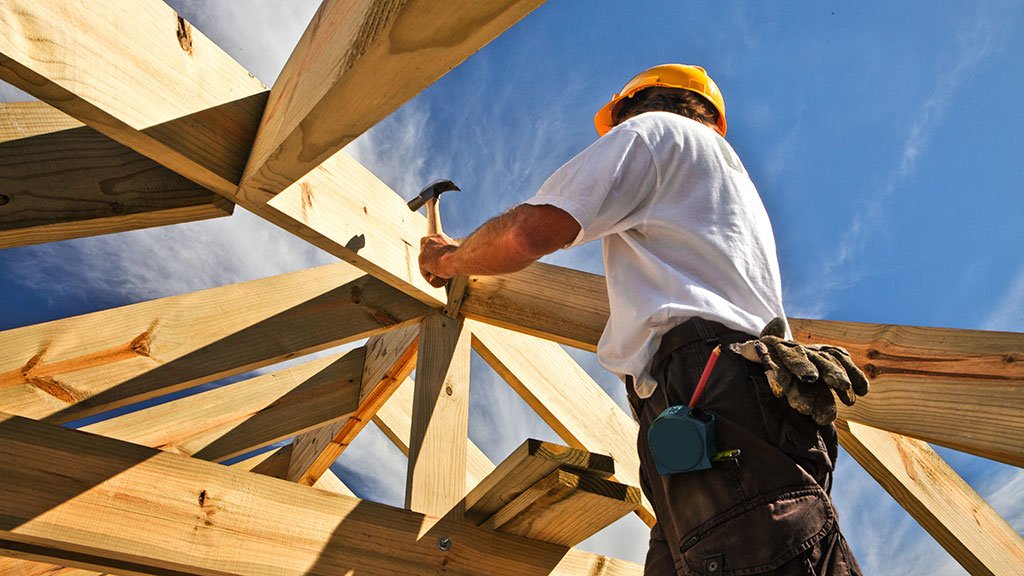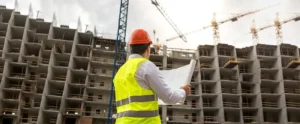Deep Dive into Residential Construction: A Comprehensive Guide

residential construction
Residential construction encompasses the building and renovation of homes, apartments, and other dwellings. It is a vital sector within the construction industry, focusing on creating safe and functional living spaces for individuals and families. The process of residential construction involves various stages, beginning with planning and ending with the completion of the project. This introduction will explore the fundamental concepts and importance of residential construction.
Residential construction projects typically start with thorough planning. This initial phase involves determining the project’s scope, setting objectives, and assessing feasibility. Architects and engineers collaborate to create detailed designs that meet the client’s needs while adhering to building codes and regulations. Once the planning phase is complete, the project moves into the design phase, where architectural plans are refined and structural elements are finalized.
Key Stages of Residential Construction
The key stages of residential construction span from initial planning to final completion. Each stage plays a crucial role in ensuring the project’s success and involves specific tasks and milestones. Understanding these stages provides insight into the comprehensive nature of residential construction projects.
Planning Phase:
The planning phase lays the foundation for a successful residential construction project. During this stage, project stakeholders define the project’s scope, objectives, and budget. Architects and engineers work closely with clients to develop initial designs and assess the feasibility of the project. Factors such as site selection, zoning requirements, and environmental impact assessments are also addressed during this phase to ensure compliance with local regulations.
Design Phase:
In the design phase, the conceptual plans developed during the planning stage are refined into detailed architectural and engineering drawings. These drawings specify the layout, dimensions, materials, and structural details of the residential structure. Architects focus on optimizing space utilization and ensuring the design meets aesthetic and functional requirements. Engineers collaborate to integrate mechanical, electrical, and plumbing systems into the design, ensuring seamless integration and efficiency.
Materials Used in Residential Construction
Materials used in residential construction vary based on factors such as climate, building codes, and client preferences. Choosing the right materials is essential for ensuring durability, energy efficiency, and aesthetic appeal in residential structures. This section explores common building materials and emphasizes the importance of sustainable construction practices.
Common Building Materials:
Traditional residential construction relies on materials such as wood, concrete, and brick. Wood framing is widely used for its affordability, flexibility, and ease of construction. Concrete offers durability and strength, making it ideal for foundations and structural elements. Brick provides thermal insulation and aesthetic versatility, enhancing the exterior appearance of residential buildings.
Sustainable Building Materials:
With increasing emphasis on environmental sustainability, residential construction is adopting eco-friendly building materials. Materials such as recycled steel, bamboo, and reclaimed wood reduce environmental impact while promoting resource conservation. Additionally, energy-efficient materials like insulated concrete forms (ICFs) and low-emissivity (low-e) windows enhance thermal performance and reduce heating and cooling costs in residential buildings.
Conclusion
Residential construction is a dynamic and essential aspect of the building industry, focusing on creating homes and living spaces that meet the diverse needs of individuals and families. Throughout this guide, we have explored the fundamental stages, materials, techniques, and considerations involved in residential construction.








